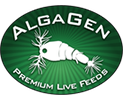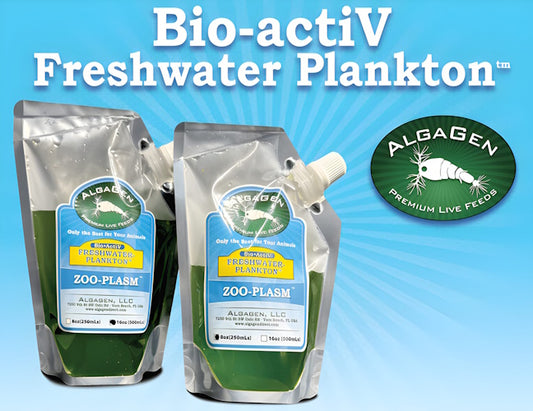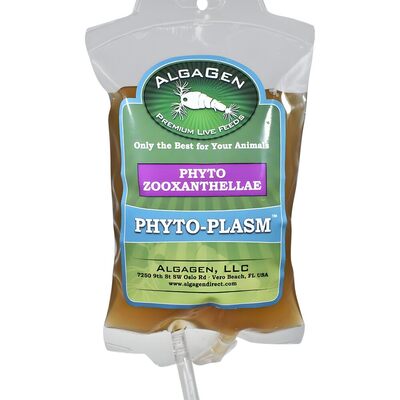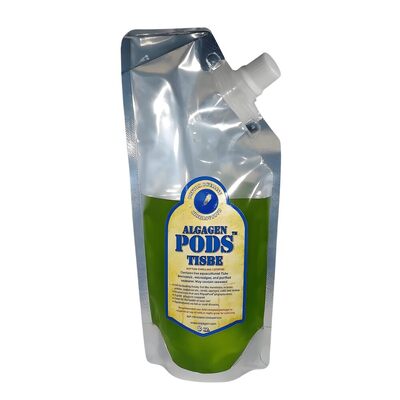For aquarium enthusiasts, incorporating copepods in tank environments can significantly increase the health and vibrancy of aquatic ecosystems.
Copepods, tiny crustaceans, are essential in maintaining balanced and thriving aquarium habitats.
This guide offers practical advice on introducing and managing copepods in your tank, ensuring a healthier environment for your aquatic pets.
Understanding Copepods
Copepods are minute crustaceans, often microscopic, that inhabit almost all aquatic environments.
They are crucial to the marine food web as a primary food source for many fish and invertebrates.
In aquariums, copepods contribute to the health and vitality of the tank’s ecosystem.
- Types of Copepods: Common varieties include calanoids, cyclopoids, and harpacticoids, each suited to different ecological niches.
- Diet: Primarily consume phytoplankton and detritus, aiding in tank cleanliness.
Benefits of Copepods in Tank
Introducing copepods in tank settings provides numerous advantages, promoting a robust and balanced aquarium ecosystem.
1. Natural Food Source
Copepods serve as an excellent natural food source for various fish and invertebrates, particularly those that require live prey.
They are rich in essential nutrients, crucial for the growth and development of aquarium inhabitants.
- Nutrient-rich: High in proteins and essential fatty acids, supporting healthy growth and vibrant coloration in fish.
- Diverse Prey Options: Suitable for a wide range of tank inhabitants, accommodating diverse dietary needs.
2. Algae Control
One significant benefit of having copepods in tank environments is their ability to manage algae growth.
Copepods feed on phytoplankton and algae, reducing the need for chemical treatments and helping to keep the tank clean.
- Effective Algae Grazers: Help prevent algae overgrowth, maintaining a balanced ecosystem.
- Cleaner Tanks: Their algae consumption produces clearer water, enhancing the aquarium’s visual appeal.
3. Waste Management
Copepods assist in waste management by consuming detritus and decomposing organic matter, helping to prevent waste accumulation and maintain water quality.
- Detritus Consumers: Feed on organic debris, aiding in nutrient recycling.
- Enhanced Water Quality: Regular detritus consumption helps sustain optimal water conditions, benefiting all tank inhabitants.
How to Introduce Copepods to Your Tank
Introducing copepods in tank ecosystems is a simple process that can significantly improve the tank’s health.
Follow these steps to get started:
Select the Right Species
Choosing the appropriate species of copepods is essential for their survival and effectiveness in your tank.
- Calanoids: Best for open water, favored by many fish species.
- Cyclopoids: Suitable for both open water and substrate areas.
- Harpacticoids: Ideal for benthic zones, feeding on detritus and algae.
Preparing the Tank
Before introducing them, ensure that your tank conditions are optimal for copepod survival and reproduction.
- Stable Water Conditions: Maintain consistent temperature, pH, and salinity levels suitable for the selected copepod species.
- Gentle Filtration: Use mild filtration systems to prevent copepods from being sucked in, allowing them to thrive.
Introducing Copepods
Introduce copepods gradually to help them acclimate to their new environment.
- Acclimation Process: Float the copepod container in the tank for around 15-20 minutes to equalize the temperature, then slowly release them.
- Initial Feeding: Provide a small amount of phytoplankton or commercial copepod food to support their initial settlement.
Maintaining Copepod Populations
Sustaining healthy copepod populations requires ongoing care and monitoring.
- Regular Feeding: Supplement with phytoplankton or specific copepod feeds to maintain their population.
- Monitor Water Quality: Regularly check water parameters to ensure a favorable copepod growth and reproduction environment.
Tips for Success
To optimize the benefits of copepods in tank ecosystems, consider these additional tips:
Create Hiding Spots
Provide ample hiding spots and substrate to support copepod reproduction and survival.
This can include live rocks, plants, and refugiums.
- Live Rocks and Plants: Offer natural habitats for copepods to hide and reproduce.
- Refugiums: Establish refugiums where copepods can breed and grow without predation.
Manage Predation
Ensure tank inhabitants do not over-predate copepod populations by monitoring population levels and providing alternative food sources.
- Balanced Predation: Introduce copepods at a rate that matches the consumption by tank inhabitants.
- Supplementary Foods: Offer additional live or frozen foods to reduce predation pressure on copepods.
Regular Monitoring
Consistently monitor copepod populations and water quality to maintain a balanced and healthy tank environment.
- Population Observation: Regularly check copepod activity and numbers, adjusting feeding and introduction rates as needed.
- Water Testing: Conduct frequent water tests to maintain optimal conditions for all tank inhabitants.
Conclusion
Incorporating copepods in tank ecosystems offers numerous benefits, from providing a natural food source to improving water quality and controlling algae.
By understanding their role and following straightforward steps to introduce and maintain copepod populations, aquarium enthusiasts can create a vibrant and healthy environment for their aquatic pets.
Whether you are new to aquariums or an experienced hobbyist, leveraging the advantages of copepods can lead to a more dynamic and thriving aquarium ecosystem.





Recent post